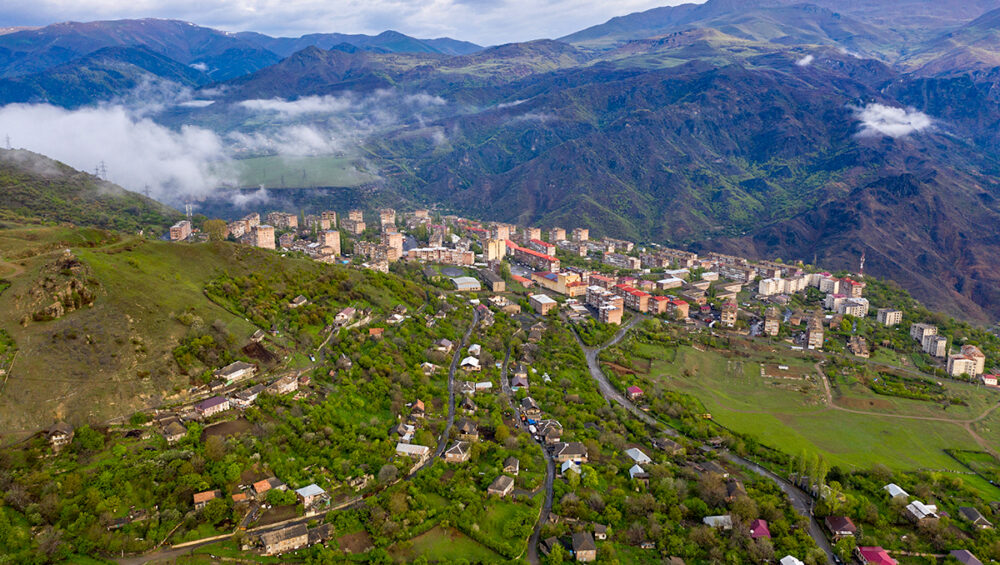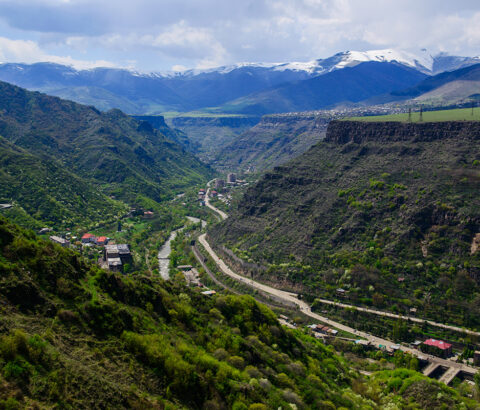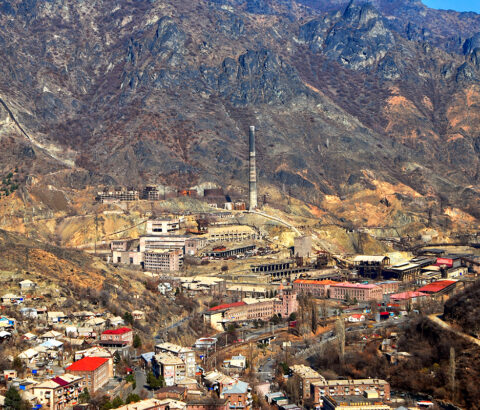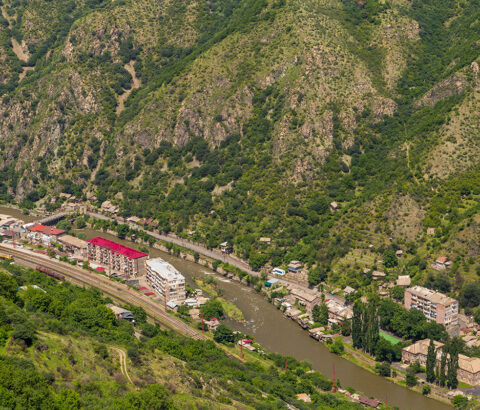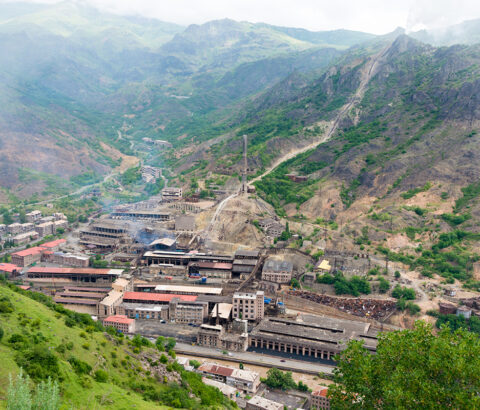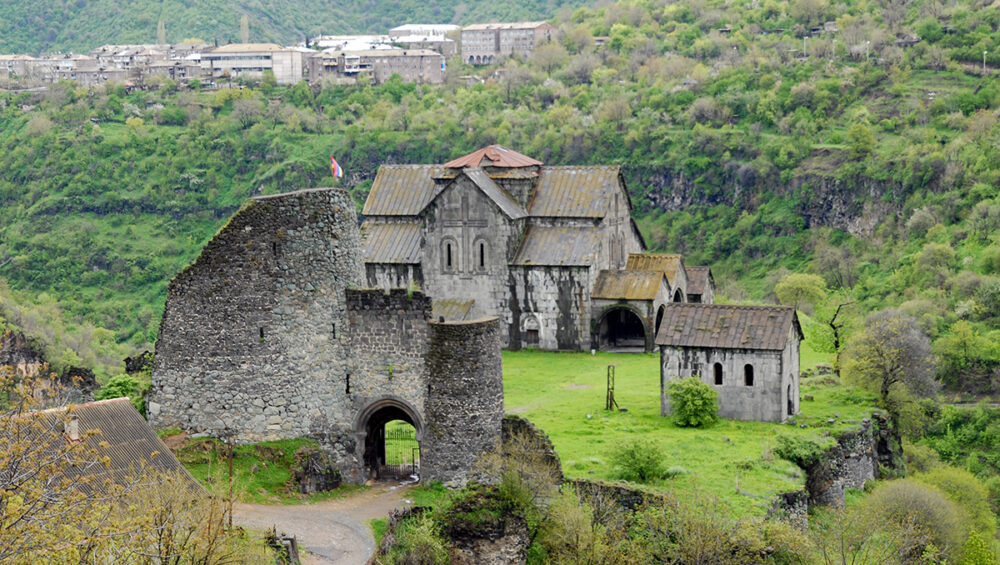The city of Alaverdi is located in the northeastern part of Armenia, not far from the Armenian-Georgian border, at the bottom of the Debed canyon. An important commercial and industrial center, Alaverdi has a population of over 13000 people (as of 2017). The settlement acquired the status of a city in 1939 but archaeological evidence suggests that the area was most probably already inhabited during the 1st half of the 2nd millennium BCE. Later, between the 8th and 6th centuries BC, the area became part of the Urartu Kingdom.
Working tools, weapons, and jewelry made of copper and bronze were found here during archaeological excavations. The oldest find was a copper axe dated back to the second half of 3rd millennium BCE. Copper was mined in this area from ancient times.
In the 18th century, Greek miners settled in the area and founded a copper smelting plant. Not long after nearly a quarter of the entire Russian copper was being mined here. Copper played a key role in Alaverdi’s economy. Another major factor that contributed to the boost of the city’s development was the construction of the railway connecting Tbilisi, the capital of Georgia, to the city of Gyumri.
Today, tourism is on the rise here, too. In and around the community of Alaverdi, there are many historical and cultural monuments, of which the most famous is the UNESCO World Heritage site monastery of Sanahin, a masterpiece of medieval Armenian architecture. Another major historical site is the Old Bridge of Sanahin, built over the Debed river at the end of the 12th century.

